✅15 Top Tourist Attractions in Lisbon ᐈwith Photos
The capital of sunny Portugal, Lisbon is situated at the point where the Tagus River estuary meets the Atlantic Ocean. As a travel destination, the riverfront city is as rich and varied as the country’s long history. From the ruins of a Moorish castle perched atop one of the city’s seven hills to a sidewalk café snuggled against an ancient Visigoth wall, remnants of Lisbon’s colorful past are everywhere.
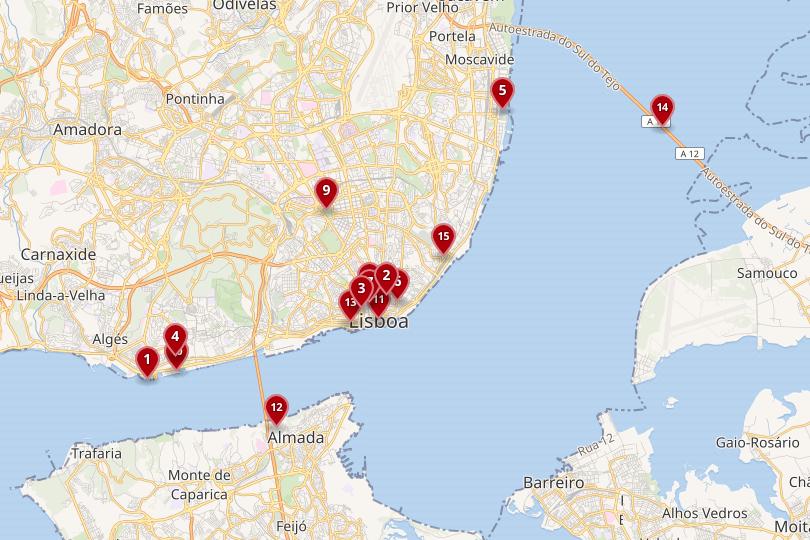 © OpenStreetMap contributors © Wikimedia maps
© OpenStreetMap contributors © Wikimedia maps
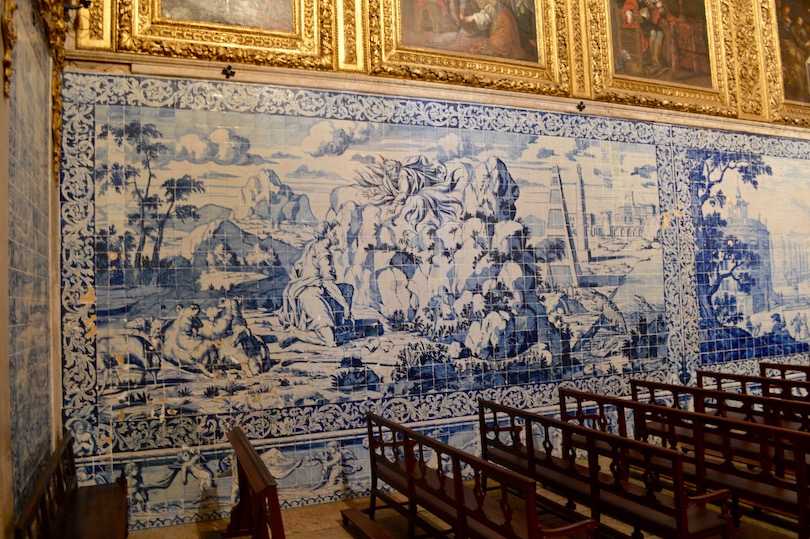 flickr/Matthew Robey
flickr/Matthew Robey
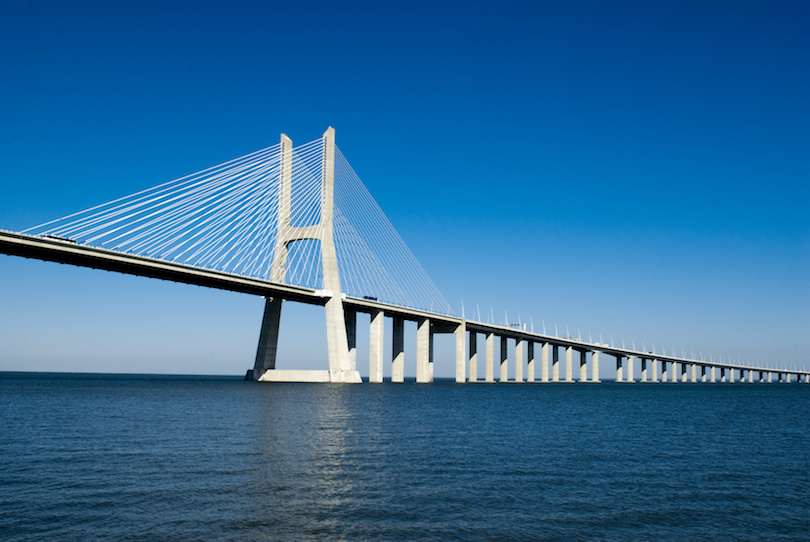
 dreamstime/© Radub85
dreamstime/© Radub85
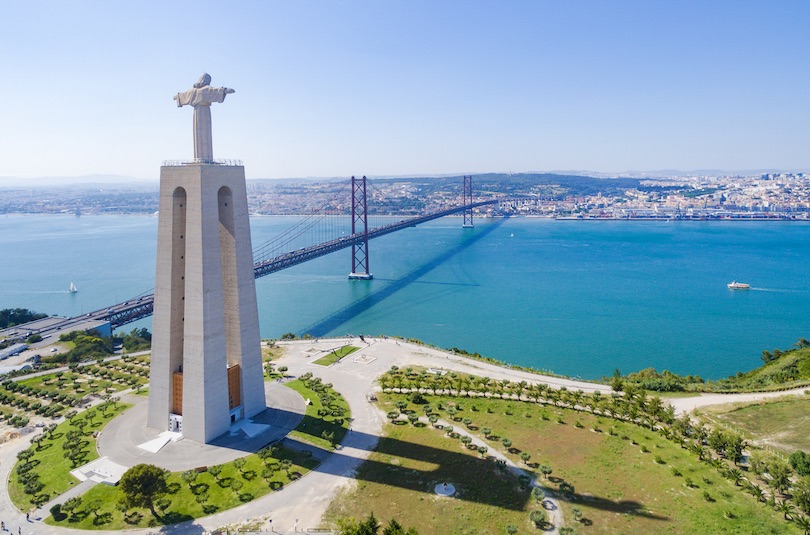
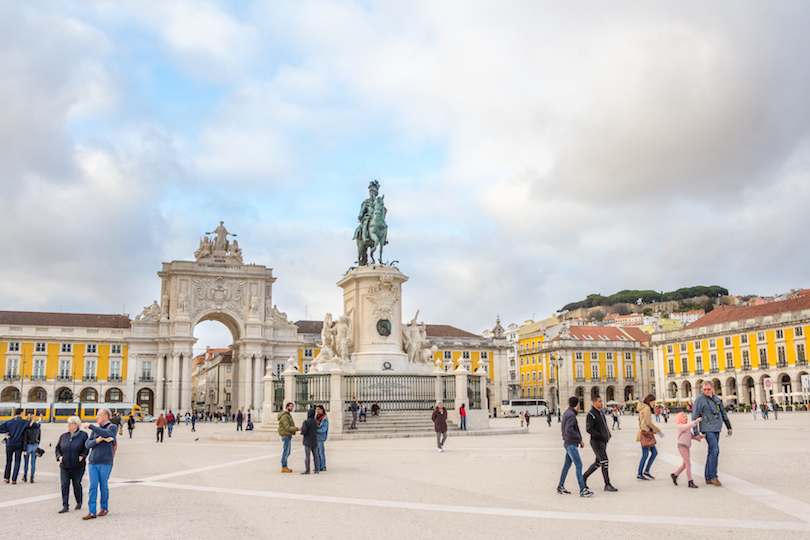 dreamstime/© Hilda Weges
dreamstime/© Hilda Weges
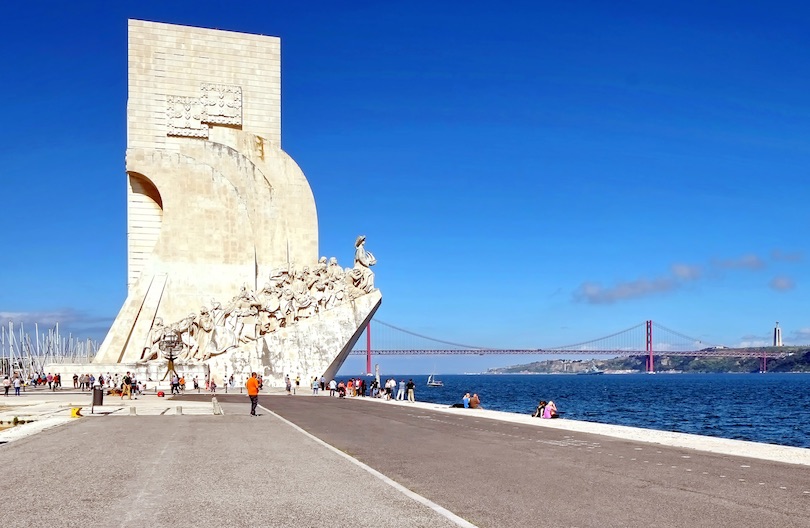
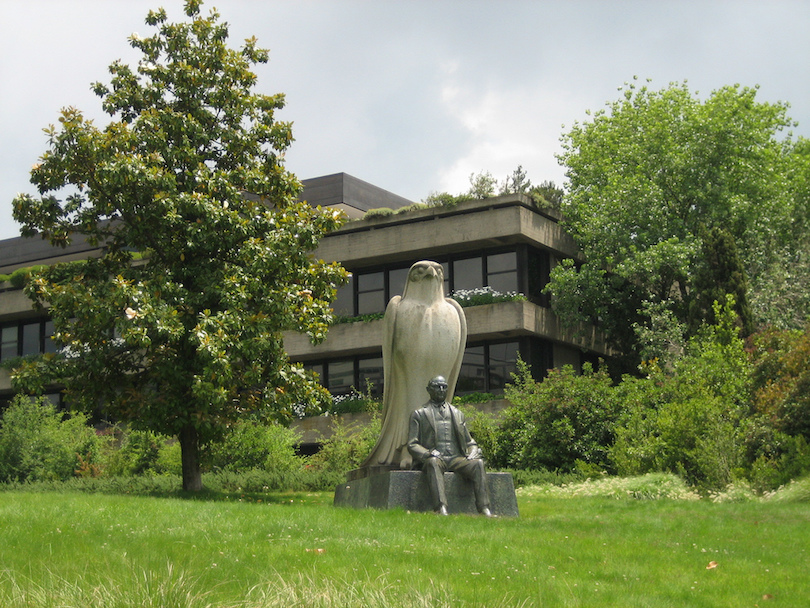 flickr/sheilaellen
flickr/sheilaellen
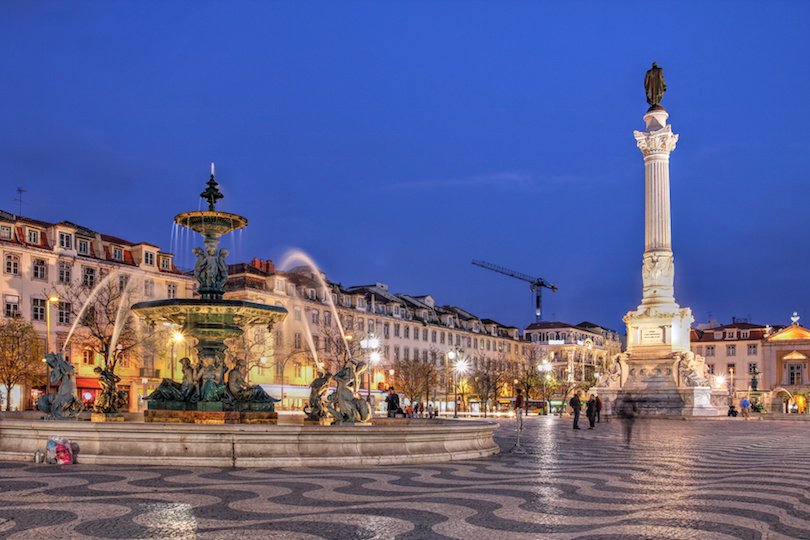
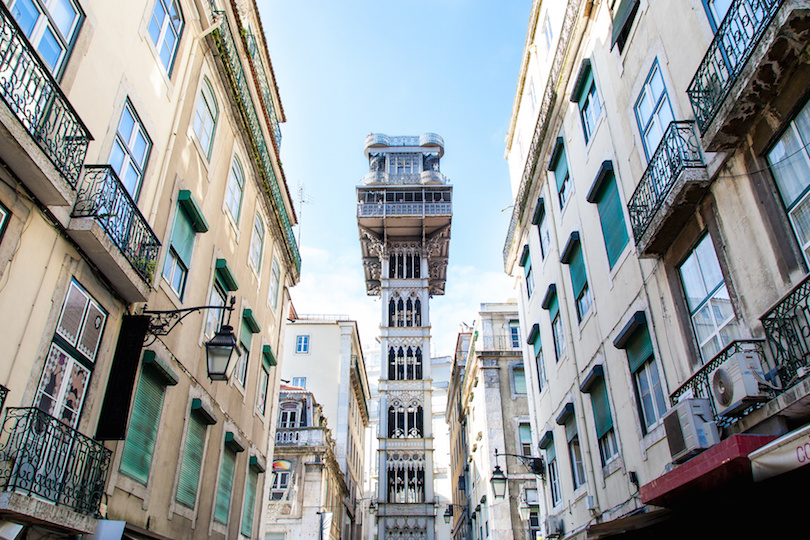
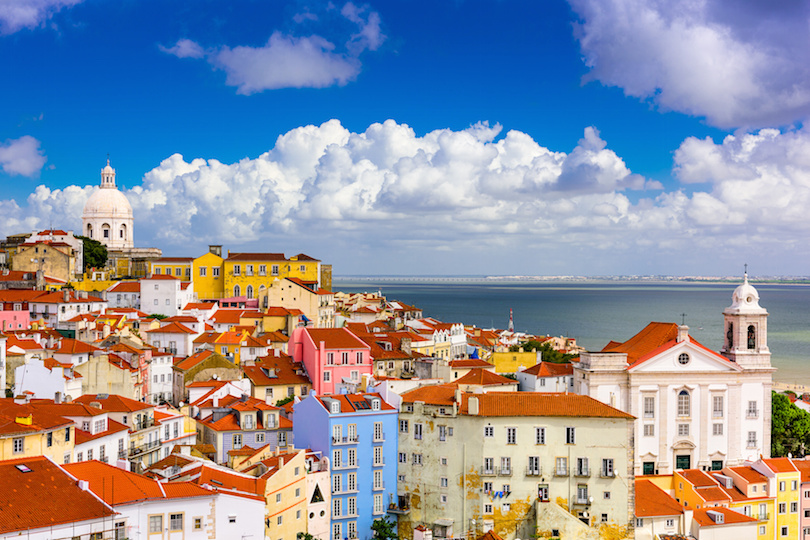
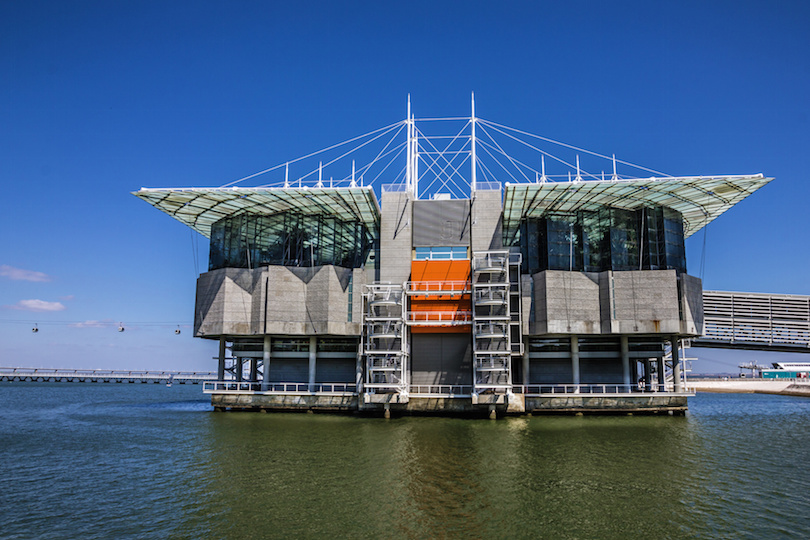
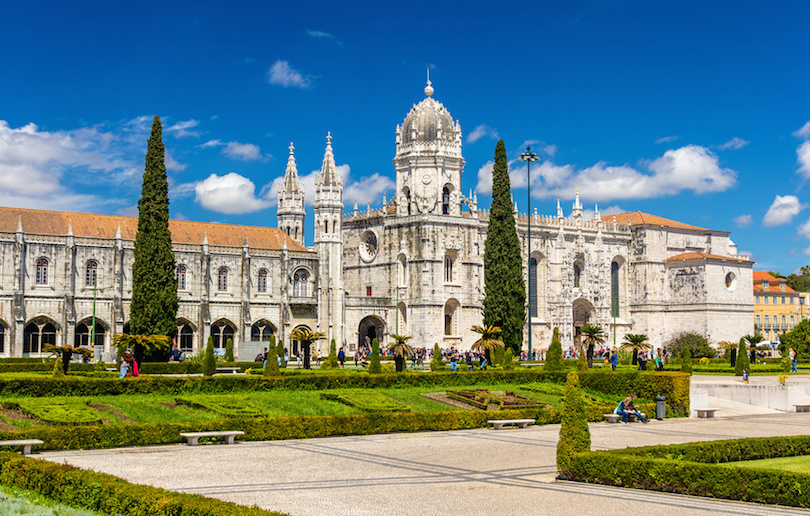
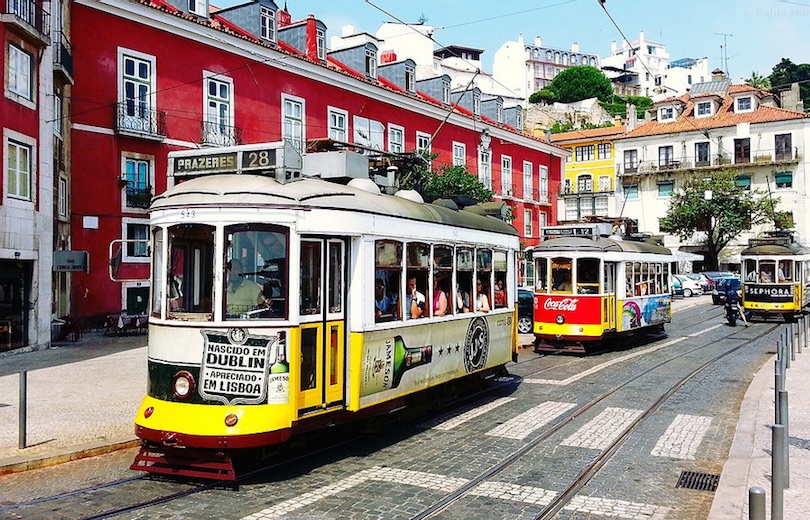 flickr/rapidoelectro
flickr/rapidoelectro
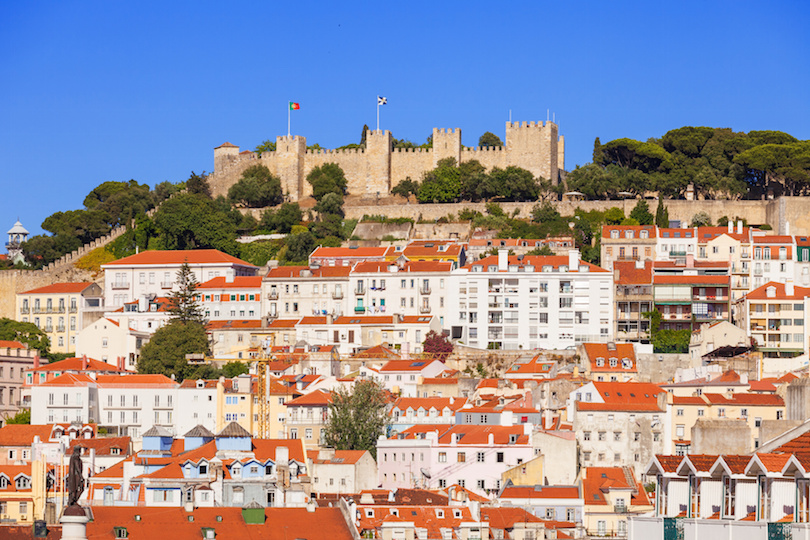
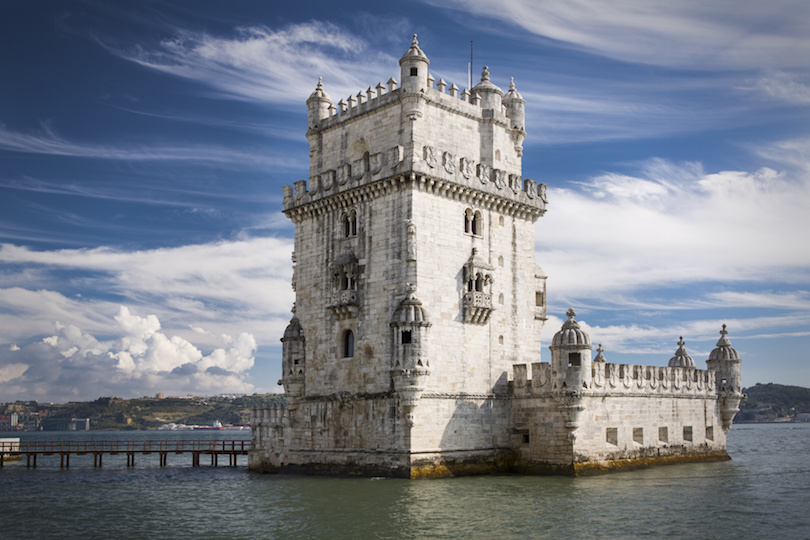
Lisbon is rightfully proud of the role it played during Portugal’s Age of Discovery, and monuments celebrating the voyages of explorers like Vasco da Gama are among the most important attractions in Lisbon. While Western Europe’s oldest city has taken steps to overhaul its transportation system, modernize its downtown area and revamp its waterfront, it’s the charm of Lisbon’s oldest neighborhoods that most attract visitors.
 © OpenStreetMap contributors © Wikimedia maps
© OpenStreetMap contributors © Wikimedia maps15. National Azulejo Museum
 flickr/Matthew Robey
flickr/Matthew Robey
Plastered on structures from churches and shops to metro stations, the colorful ceramic tiles known as azulejos are found everywhere in Lisbon. The National Azulejo Museum chronicles their architectural and cultural significance in the city’s long history. A tradition that began in the 8th century with the arrival of the Moors, the art of tile-making in Portugal reached its height in the 16th century with the introduction of oxide coatings. The museum’s exhibits feature individual tiles as well as elaborate wall panels. The convent church located within the complex holds some of the most intricate examples of azulejo art.
14. Vasco da Gama Bridge

Completed in 1998, the Vasco da Gama bridge is a modern feat of engineering and a popular attraction. Named after Portugal’s most famous explorer, it was built to alleviate Lisbon’s traffic congestion. Stretching for nearly 17 km (11 miles) across the Tagus River, the cable-stayed bridge is so long that its builders had to take the Earth’s curve into consideration when constructing it. Built at an expense of 1.1 billion dollars, the six-lane bridge is expected to stand for more than a century, ensuring that visitors can experience its breathtaking architecture for generations to come.
13. Time Out Market Lisboa
 dreamstime/© Radub85
dreamstime/© Radub85
In 2014, the oldest food market in Lisbon reopened as the Time Out Market Lisboa after an extensive renovation. It has since become the city’s most popular tourist attraction. More than 3 million visitors flock to the food hall each year to explore Portugal’s regional cuisine. Boasting 35 kiosks and multiple restaurants, the marketplace offers everything from sheep’s cheese from Azeirao to Alentejo ham and Arcadia chocolates. Foodies can enjoy prepared meals, sample treats and purchase beautifully packaged food to take home. The market opens every day at 10 a.m., making it the perfect place to savor a late brunch or early dinner.
12. Cristo Rei Statue

Inspired by Brazil’s iconic Christ the Redeemer statue, the Cristo Rei statue rises up from a hill overlooking the Targus River. The massive monument was built to express gratitude to God for allowing Portugal to escape the worst horrors of World War II. It was opened to the public in 1959. Standing with arms outstretched, the Christ figure is set atop a tall arch with a rectangular observation deck at the base. An interior elevator takes visitors to a platform beneath the figure’s feet for panoramic views of Lisbon, the Targus estuary and the Golden-Gate-style 25 de Abril Bridge.
11. Praca do Comercio
 dreamstime/© Hilda Weges
dreamstime/© Hilda Weges
One of the star attractions of Lisbon’s downtown waterfront, the Praca do Comercio is an expansive plaza flanked by elegant 18th-century buildings. Portugal’s Dom Jose I made his home here until the earthquake of 1755 reduced it to rubble. Locals still refer to the square as the Terreiro do Paco, or yard of the royal palace. A monument featuring the king on horseback dominates the center of the plaza. A large triumphal arch completed in 1873 anchors the northern side. Hotels, shops and restaurants located nearby make the sunny square a popular destination for visitors exploring Lisbon’s scenic waterfront.
10. Monument to the Discoveries

The mammoth white-stone Monument to the Discoveries (Padrão dos Descobrimentos) stands like a ship with sails unfurled at shoreline of the Tagus River where many of Portugal’s most important voyages of exploration began. It was built as a memorial to Infante Dom Henrique, who later became known as Prince Henry the Navigator. The prince who ushered in Portugal’s Age of Discovery is featured at the prow of the stone sculpture with other national heroes and explorers lined up behind him. Visitors can ride an elevator to enjoy the view from the top of this Lisbon landmark.
9. Museu Gulbenkian
 flickr/sheilaellen
flickr/sheilaellen
Lisbon serves as the headquarters for the Calouste Gulbenkian Foundation, a non-profit organization funded by the fortune of the late Armenian oil magnate. Built to display the private art collection that Gulbenkian amassed during his lifetime, the Museu Gulbenkian offers visitors a truly extraordinary experience. While the collection is small, the quality of each piece is extraordinary. From masterpieces by Monet, Renoir and Rembrandt to Lalique jewelry, Chinese jade and Persian porcelain, it’s a collection that encapsulates the best of every aspect and time period of art history. The museum often plays host to world-class traveling exhibitions as well.
8. Rossio Square (Pedro IV Square)

There’s no better place in Lisbon to soak up the local atmosphere than at Pedro IV Square, Lisbon’s most famous plaza. Located in the elegant Pombaline Lower Town district in central Lisbon, the “Rossio,” has been the city’s main gathering place since the Middle Ages. During the Inquisition of the 16th century, the square served as a setting for public executions. Today, it’s the place where friends meet up to enjoy a beverage at a café or bar before attending the National Theater located on the north side of the square.
7. Santa Justa Elevator

Located in the downtown district, the Santa Justa Elevator offers visitors delightful views of lovely Lisbon. Built in 1902, the “elevador” was designed by Raul Mésnier, who was inspired by the famous tower in Paris, which his colleague Gustav Eiffel created. The wrought-iron tower lifts passengers to a platform where a walkway leads to the ruins of Carmo Convent, a Gothic church that was partially destroyed during the great earthquake of 1755. Alternately, visitors can climb a staircase to the top of the elevator structure to enjoy vistas of the entire Baixa neighborhood.
6. Alfama

The oldest quarter in historic Lisbon, the Alfama district is dotted with architectural landmarks, including some that date back to the city’s Moorish past, but it’s the charm of the neighborhood’s meandering streets, tasty eateries and Fado clubs that make the Alfama a can’t-miss destination. Lined with Fado bars and clubs, Largo do Charariz de Dentro is the best place to go to enjoy the traditional Portuguese folk music. The plaza is just one of the many observation decks scattered around this hilly neighborhood. For an expansive view of the Alfama and the Tagus River, visitors head to Lisbon’s original Moorish gateway, Largo das Portas do Sol.
5. Lisbon Oceanarium

One of the best modern tourist attractions in Lisbon, the Oceanarium was built as part of the improvements the city made when it hosted the 1998 World Exposition. Located in the Parque das Nações in northeast Lisbon, the Lisbon Oceanarium is the largest indoor aquarium in Europe. It’s organized into four unique habitats, with each representing a different ocean. In addition to all manner of sea life ranging from sharks and sting rays to penguins and otters, flora and fauna from each ecosystem are represented as well. Strolling pasts tank of colorful fish with tropical birds flitting overhead offers an immersive experience not to be missed.
4. Jeronimos Monastery

With its Gothic and Moorish influences, the striking Manueline architecture of the Jeronimos Monastery makes it a must-see attraction for anyone visiting Lisbon. Located in the city’s riverside Belém district, the grand complex was constructed during the 1500s to commemorate the discoveries made by Portuguese explorers. Built largely from gold-colored limestone, the monastery is a masterpiece of carved stone portals, latticework ceilings and windows with tracery set upon delicate mullions. In the nave of the church is the tomb of Vasco da Gama, whose voyages to India made Lisbon a wealthy maritime city.
3. Tram 28
 flickr/rapidoelectro
flickr/rapidoelectro
Most of the decades-old trolley cars that were once a primary mode of transportation in Lisbon are long gone, but visitors can still enjoy a ride on an antique streetcar on tram line 28. The historic “eléctrico” takes passengers through the city’s oldest sectors past some of Lisbon’s most popular sights and attractions. Tourists often take tram 28 to the hilltop São Jorge Castle to take in the panoramic views, but the line is used by locals for their daily commutes too. The old tram line offers a great way to get oriented in the city and meet new people.
2. Sao Jorge Castle

One of Lisbon’s oldest treasures, São Jorge Castle (or St. George’s Castle) is situated at the top of a hill in the Alfama District. The city’s most popular attraction evokes the period when Lisbon was under Moorish rule, but the site was fortified centuries earlier when the Romans and Visigoths were in power as well. After driving out the Moors in 1147, the Portuguese used the castle as a royal residence until the early 16th century. Today, the royal quarters are home to a museum featuring archeological exhibits. Climbing the castle ramparts is a must-do activity in Lisbon, and it’s easy to understand why. The views from the parapets and battlements are simply breathtaking.
1. Belem Tower

Belem Tower, also known as the Tower of St. Vincent, sits on what once was an island in the Tagus River. Dating back to 1515, the imposing tower was built both to defend Lisbon from invaders and to welcome the city’s friends. Built in the Age of Discovery, the four-story limestone tower has a bastion connected to it; the bastion had space for 17 cannons that could fire long range shots. A statue of Our Lady of Safe Homecoming, designed to protect sailors on their voyages, faces the river.